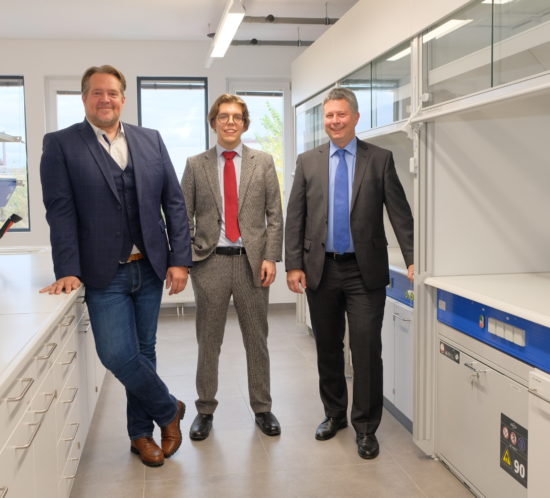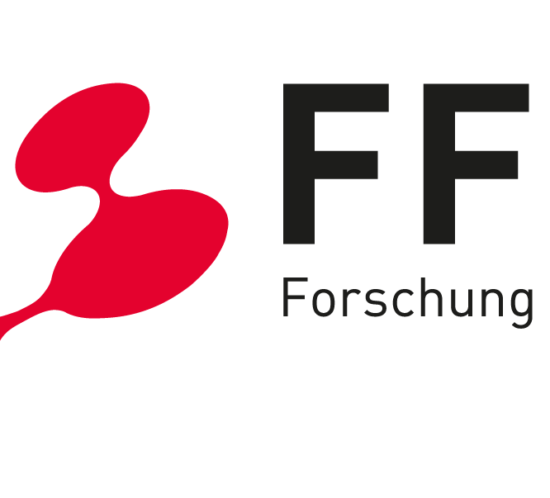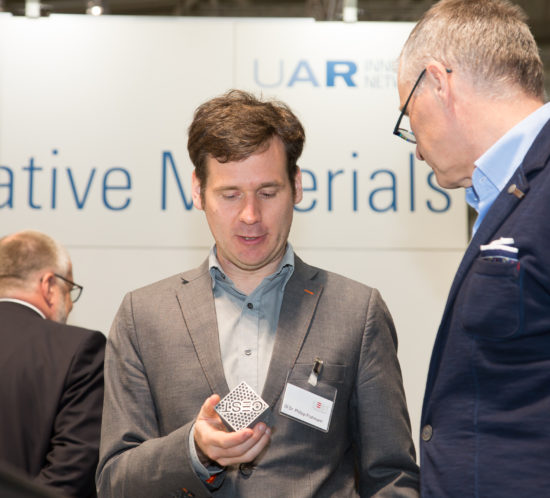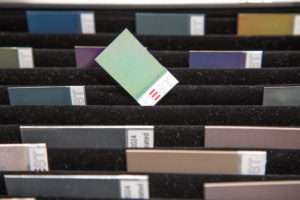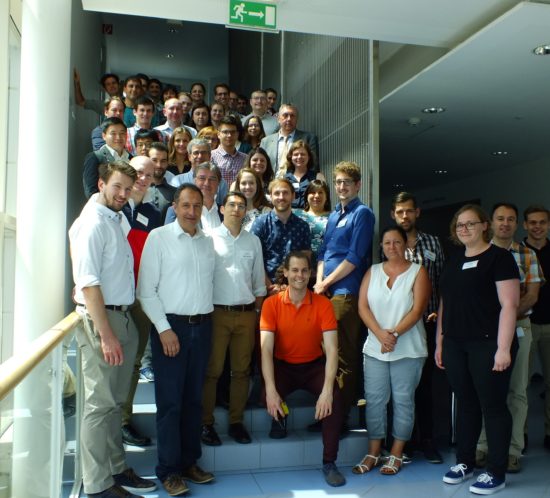CEST Linz- official opening
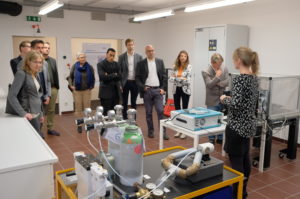
 CEST celebrated the expansion of its Linz location in Stahlstraße, which was inaugurated on Thursday, 25.10.2018. On more than 500 m² the most modern infrastructure including the latest equipment is now available.
CEST celebrated the expansion of its Linz location in Stahlstraße, which was inaugurated on Thursday, 25.10.2018. On more than 500 m² the most modern infrastructure including the latest equipment is now available.
The Austrian economy is currently running like a well-oiled gearbox. This is not only due to the economic skill of the industry, but also to the know-how of domestic and internationally renowned research institutions. “CEST Kompetenzzentrum für elektrochemische Oberflächentechnologie GmbH is one of the main innovation drivers. The COMET K1 Centre, with a total project volume of EUR 19.4 million over four years (2015 – 2018), acts as an important driving force at the interface between science and industry and has established itself highly successfully over the years as an expert in the electrochemical treatment of surfaces. The province of Upper Austria is contributing EUR 3.35 million in the current funding period. With the highly successful interim evaluation in the first half of the year, the funding period has already been extended to a further 4 years. This confirms that CEST carries out outstanding research work in close cooperation with industry”. Dr. Michael Strugl, Deputy Governor of the State of Rhineland-Palatinate, underlines.
“In the future, the focus in Linz will be on research projects in the field of functional surfaces, corrosion protection and corrosion testing as well as the testing of adhesive bonds,” explains sales manager Ulfried Pirker: “In recent years, bonding technologies in particular have become increasingly important. In addition to new welding techniques, adhesive bonding is becoming more and more popular. There is still a massive need for research in this area, which we are now responding to with our expansion in Linz with our own bonding test laboratory. However, we are also focusing particularly on the automotive sector with our own laboratory for so-called cathodic dip painting”.

